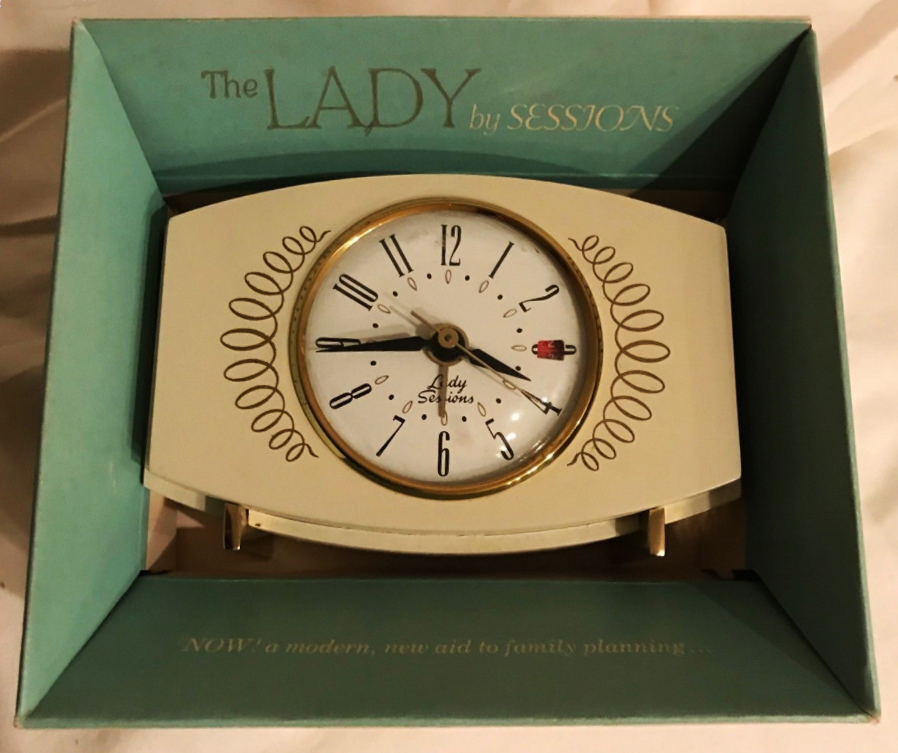|
Page A3 The Joan De Arc Crusader / Thursday, December 25, 2014 Front Page A1 / Editorials A2 / Christmas Nostalgia A4 / Crossword A5
A few random Sahuaro memories, 50 years on By J. Bueker Back in the ‘60s, every summer in late August, a week or two before the beginning of the school year, we neighborhood kids would hop on our Stingrays and cruise up to Sahuaro School for a most memorable annual ritual.
At this time of year Sahuaro teachers posted in their classroom windows the rosters for the new school year, and when this event occurred, the news travelled rapidly throughout the area. Kids from all over Surrey Heights and Westown would gather at the school and excitedly race up and down the breezeways searching for their names on the lists to discover who their teacher and classmates would be for the upcoming year. The mystery revealed, we would then either rejoice, lament the revelation, or simply shrug. Then we would go back to the business of enjoying our last fleeting days of summer vacay. This fall marks the 50th anniversary of my entrance into that marvelous school, and some long-neglected memories have lately been floating up through my consciousness. My first teacher at Sahuaro, Mrs. Palczak, was a wonderful instructor: kind, intelligent, encouraging, insightful. She was also probably a little overly indulgent of yours truly. By the time I entered into Palczak’s charge in the fall of ’64, I was already a game-playing fanatic, having honed my chops at home with such classic pastimes as The Jan Murray Game, Concentration, and Sorry. I carried this passion to Room 2 at Sahuaro, and before long, I was given carte blanche to devise and implement my own games for the class to play. The classroom game I remember best was one I called “What’s Wrong?” or “What’s Different?” or something to that effect. This game entailed the sequestering of one of my classmates outside the room, during which time the rest of us would alter the appearance of something inside. For example, we might switch around the title of a bulletin board to make the words misspelled or jumbled out of sequence, or turn a picture upside down. Our colleague was then summoned back inside the room and given a minute or so to scan the classroom and detect and identify the incongruity we had contrived. This actually turned out to be a lot of fun; it was a simpler time, I guess. When I was in 7th grade, a significant new fashion trend emerged at Sahuaro. Students started appearing in plain t-shirts, which would have been in clear violation of the student dress code save for one important detail: these t-shirts featured a simple breast pocket attached on the upper left-hand side. This was deemed such an important development at the school that the assistant principal, Mr. Smith, was dispatched to each classroom to discuss the issue. The school administration had reluctantly decided the shirts were acceptable provided they had the all-important pocket attached, which apparently transformed them from underwear into a proper item of attire. After announcing the policy, with which we could tell he plainly disagreed, Mr. Smith asked if we had any questions. There was just one. I wish I could remember who asked the single smart-assed question that was posed, but I’ll never forget it. “What if I took a plain t-shirt and sewed my own pocket on it, would that be okay?” Mr. Smith was noticeably unamused by the question. His terse response was that he would probably rip the make-shift pocket off the t-shirt and send the student home to change. We were all a little startled by this stern reply, but I took it to heart. To this day, I have never been remotely tempted to sew a pocket on any t-shirt. The Sahuaro shop teacher, Mr. Pearson, had a well-established reputation for angry outbursts and other unpleasantness by the time I became his student that 7th grade year. But the man turned out to be a bit more complex than that. He was also capable of exceptional charm and a perfectly amiable demeanor. The trouble was, you never knew which Mr. Pearson you were going to get when you walked into his classroom. One of my most vivid memories of shop class was the time I broke a coping saw blade on a woodworking project. Pearson was not in a good mood that day, and I absolutely dreaded having to walk over to his desk and show him what I had done. With no choice in the matter, I meekly approached him and silently handed over the blade, now in two pieces. I braced myself for his reaction. The man smiled faintly and said something like “yeah, that happens sometimes.” He then replaced the blade and took a moment to once again show me the proper use of the coping saw, whose thin blade is especially susceptible to breaking and requires a gentle touch. He was very nice about it and used the incident as an effective teaching moment. This was David Pearson at his best. I returned to my work station, greatly relieved. I got lucky this time.
My birth control clock on Joan De Arc By J. Bueker
From an early age I have felt a marked affinity for timepieces of all
kinds.
In my kindergarten at the Westown church, a memorable class project was the construction of our own clocks, which we assembled from paper plates, cardboard and a brass tie to hold the hands in place. I suppose in a sense this was my first personal clock, although of course it was merely an exercise in learning to tell time and wasn’t actually functional. But I would soon develop an appetite for the real thing. My all-time favorite Joan De Arc clock of course will ever be the GE clock that adorned our family room for many years and came into my possession as a surprise Christmas present a quarter-century ago. But there were a number of other timepieces stationed around 3219 that I still remember quite fondly, particularly my birth control clock. Yep, that’s right, my birth control clock. Around the age of 10 or 11, I decided it would be desirable to have a reliable clock of my own in the bedroom I shared with my brother Charles. I brought this request to my mother’s attention and she briefly contemplated the matter. Rather than actually spending money on a new clock for her son however, Barbara chose to part with a timepiece that she was already considering replacing in the master bedroom. This particular clock had the name “Lady Sessions” printed on its face. Now this was an odd sort of clock, like nothing I had seen before. The face of the timepiece featured a very unusual indicator dial that had red and black numbers on it and turned every 24 hours. At first I thought this was the date indicator, but curiously it never did register the correct date. The numbers were usually black, but for a few days each month they would come up red. Very strange. I was quite pleased to have my own clock now, so I didn’t give its mysterious mechanism all that much thought. The clock’s true purpose did not become clear to me until I got a little older and wiser in the ways of the world. The Lady was introduced in 1965 by the Sessions Clock Company of Forestville, Connecticut and sold for $19.95. Touted as “a new aid to family planning,” the clock was designed to track a woman’s monthly cycle, revealing her fertile and infertile days on that mysterious red and black dial. I must assume it was an effective device, since to my knowledge I have no younger siblings. Interestingly, the Lady Sessions was invented by an attorney in Los Angeles by the name of Maurice Gordon, who was apparently inspired by his daughter’s frustration in trying to understand fertility charts and apply them to the rhythm method of birth control. Gordon spent about a dozen years developing his clock. I soon learned to love my Lady Sessions clock, in spite of the interminable teasing I endured from my smart aleck brother, who was thoroughly amused that I would have a “Lady” clock sitting on my bed table. The sleek modern design was attractive and it was just the perfect size to fit on my table and still be readable from the head of the bed. I would happily use this clock for the remainder of our years on Joan De Arc. I still have the Lady Sessions clock packed away somewhere, although it stopped working many years ago and the electric cord got cut off. It’s worthless now really, but I couldn’t imagine ever parting with it. ____________________________________________________________________________________________________________________ JDA
Front Page A1 / Editorials A2 / Christmas Nostalgia A4 / Crossword A5 |

